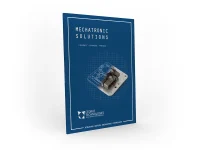Publications
Categories
- (34)
- (9)
- (3)
- (143)
- (18)
- (7)
- (4)
- (8)
- (9)
- (17)
- (2)
- (104)
- (7)
- (14)
- (7)
- (1)
- (1)
- (6)
- (155)
- (20)
- (2)
- (5)
- (111)
- (35)
- (11)
- (4)
- (59)
- (18)
- (3)
- (7)
- (62)
- (18)
- (5)
- (24)
- (7)
- (12)
- (1)
- (2)
- (2)
- (1)
- (1)
- (14)
- (13)
- (4)
- (6)

Rosetta Midas Stage Atila space applications
19 June 2023
The ROSETTA/MIDAS space mission intends to analyze the dust resulting from the Wirtanen comet using an Atomic Force Microscope (AFM). To scan the dust, an extremely fine mechanism able to produce displacement’s accuracy in the sub-micrometer range with a limited mass, is required. The only technology which can meet this specification is the piezoelectric
actuator associated to capacitive displacement sensors, which displays several advantages : solid state design, which means no friction, noise limited by the driving electronic, …
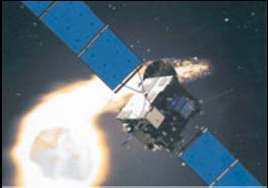
Rosetta Midas successful launching
19 June 2023
Successful commissioning of the first flight application for C. T. in ESA / ROSETTA mission. The ROSETTA satellite has been successfully launched the 2nd of March 2004 from Kourou, French Guyana, using an Ariane-5 G+ launcher. The rendezvous with the new targeted comet “Churyumov – Gerasimenko” is expected in November 2014.

Picard Sodism pointing mechanism based on PPA40M-NM-SV
19 June 2023
PICARD is a French space scientific mission. Its objectives are the study of the origin of the solar variability and the study of the relations between the Sun and the Earth’s climate. The Satellite wassuccessfully launched, on June 15, 2010 on a DNEPR
launcher from Dombarovskiy Cosmodrome, nearYasny (Russia). The payload consists in two absoluteradiometers measuring the total solar irradiance and animaging telescope to determine the solar diameter andasphericity.
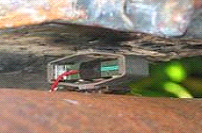
Piezo transducers for tank monitoring – TWI – Sept 2005
19 June 2023
Detecting microscopic structural vibrations for monitoring storage tanks with piezoelectric transducers.
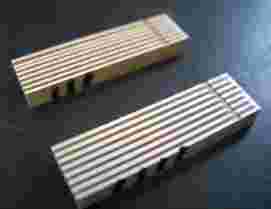
Piezo-composite patches applied to the detection of defects using lamb wave focusing
19 June 2023
Ultrasonic-based SHM (Structural Health Monitoring) applications usually rely on the use of piezo-electric patches to emit and receive ultrasonic surface acoustic waves. The principle is to study the propagation of the waves through a structure to assess its health. Because of the elevated number of echoes and possible modes of propagation of the acoustic waves within the structure, those applications suffer from a burden of signal processing. This paper presents a composite piezo-electric patch and its electronics that were designed and successfully tested for reducing the complexity of the SHM detection schemes.
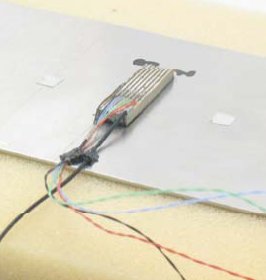
Piezo-composite transducer for mode and direction selectivity of Lamb waves
19 June 2023
Ultrasonic-based SHM (Structural Health Monitoring) applications commonly rely on the use of piezo-electric patches to emit and receive ultrasonic waves. The objective is to study the propagation of the waves through a structure to assess its structural integrity. Because of the elevated number of echoes and possible modes of propagation of the waves within the structure, those applications suffer from a burden of signal processing. This paper presents a composite piezo-electric patch that was designed and successfully tested for reducing the complexity of the SHM detection schemes by selecting the mode and direction of the Lamb waves received. The piezo-composite is composed of a row of eight independent ceramic pillars separated with polymer, so it is a 1-D matrix of independent piezo-patches. Used with adequate electronics and signal processing, it was shown that it allowed selecting the direction and the mode of the Lamb waves.


